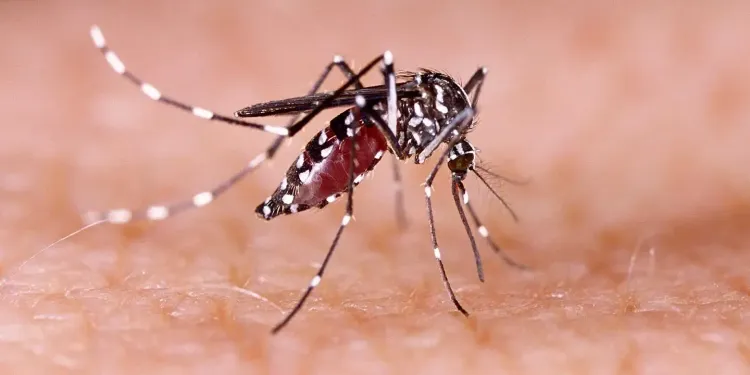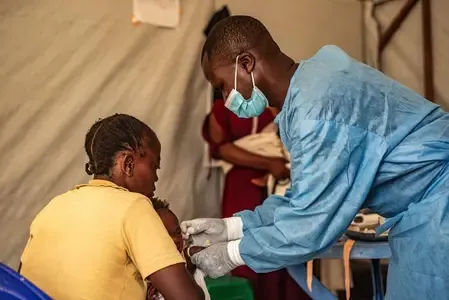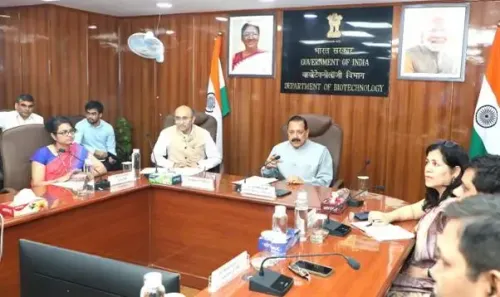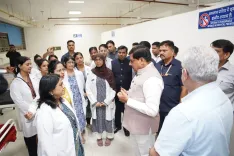Is the Dengue Outbreak Still Plaguing Manipur?

Synopsis
Key Takeaways
- The dengue outbreak in Manipur continues, with over 3,000 confirmed cases this year.
- 77 new cases were reported from eight out of 16 districts recently.
- Imphal West is the most affected district, with 2,186 cases.
- Authorities are intensifying control measures to combat the spread.
- Public awareness and individual actions are crucial for prevention.
Imphal, Oct 24 (NationPress) The dengue outbreak persists in Manipur, with an additional 77 individuals testing positive across eight of the state’s 16 districts as reported on Friday. This situation has affected the Northeastern state for nearly 10 months, according to officials.
A report from the Health and Family Welfare Department indicates that this year alone, at least 3,114 people have been confirmed positive for dengue. Tragically, one patient from Bishnupur district has succumbed to the illness.
The National Centre for Vector Borne Diseases Control, operating under the Union Health and Family Welfare Minister, recorded 2,463 cases of dengue last year, with five fatalities attributed to the virus.
The Health and Family Welfare report states that the 3,114 positive cases were identified from January 1 to October 23, out of 7,054 individuals tested.
Among the 16 administrative districts, Imphal West has reported the highest incidence with 2,186 cases, followed by Imphal East (556), Bishnupur (88), Thoubal (74), Senapati (61), Kakching (38), and Ukhrul (35).
The most affected regions include Imphal West, Imphal East, Bishnupur, and Thoubal, all located within the densely populated Imphal Valley. In contrast, Senapati, Kakching, and Ukhrul are situated in the hilly areas.
Notably, the mixed-population district of Jiribam, adjacent to southern Assam, has reported only one positive case of dengue so far, while the sole dengue-related death occurred in Bishnupur district.
Officials from the Health and Family Welfare Department emphasize that, following the guidelines of the National Vector Borne Disease Control Programme (NVBDCP), they are collaborating with various departments to combat the spread of the disease.
The increasing number of dengue cases, particularly in the Imphal Valley, raises significant concerns about the disease's transmission. Officials attribute this rise to prolonged monsoon rains and the accumulation of stagnant water, which provides an ideal breeding environment for Aedes mosquitoes.
To counteract this, the Health and Family Welfare Department has ramped up vector control measures, including fogging operations and public awareness campaigns in affected areas.
Authorities, including municipal bodies and the Urban Development Department, are urging the public to maintain cleanliness, eliminate stagnant water, and utilize mosquito repellents and nets to prevent further transmission.
Officials advise anyone experiencing symptoms such as high fever, body aches, or rashes to seek immediate medical attention to prevent complications.









